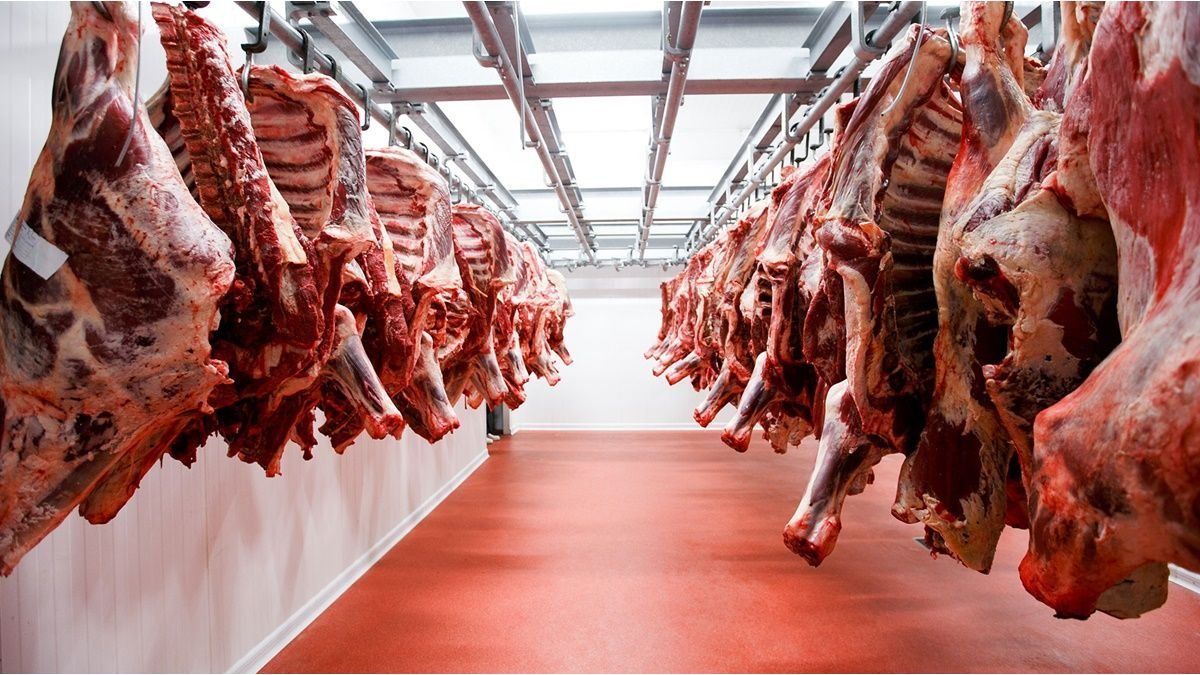The first month of the year ended with several positive data. Reserve accumulation in the order of US$3.27 billion (record for January in the last 20 years), new agreement (seventh) and new goals with the IMF and a disbursement for US$4.7 billion and the placement of BOPREAL (despite having a bad start) by US$5,000 million.
Furthermore, the gap that started at almost 60% ended in January at around 51%. Fiscal adjustment is key because it anchors expectations in the transition towards a stabilization plan. You need to get to the “thick harvest” (April).
Despite the positive data, February looks challenging because certain variables can complicate the exchange and financial situation. Among them we have:
From the Ministry of Economy it was planned to close with a primary deficit of 3% of GDP and the total deficit of 5.2% of GDP. But the fiscal legacy was greater and, according to official data, 2023 ended with a total financial deficit of 6.1% of GDP.
The tax gap (originally) it was closed due to a decrease in public spending (60%) and an increase in taxes (40%). But with the reduction of the treatment of the fiscal chapter of the, already failed, Bases law, there is 1.4% of the GDP of resources that were going to be obtained from the tax increase that was excluded. Adding the increase in financial deficit (from 5.2% to 6.1%), the hole to be covered is close to 2.3% of GDP.
The question is whether to compensate for this loss of resources, other spending items will be cut further, liquefaction via inflation or the fiscal pressure will increase further.
The mix of measures to reach April
The liquefaction of retirees and pensioners and state salaries is already happening. If the current pension indexation formula is maintained, The savings from pension spending in real terms would be 1.8% of GDP for the Treasury. Jointly, national states would also have a liquefaction. It was reported that the January parity adjustment is 16% and it is very feasible that they will continue to run below inflation. On the sidelines, in February, the fuel taxwhich means a 10%/15% increase in the final price at the pump.
Another source of conflict with the provinces is the transfers (which represent 0.7% of GDP) and which they wanted to reduce by 0.5% of GDP. The public work It constitutes 1.7% of GDP and would be cut by 0.7%. Although it could have a cut greater than 1% of GDP. And economic subsidies, 0.7% of GDP. But it is possible that the adjustment is greater.
In summary, the current administration would have achieved a total fiscal surplus in an amount greater than one billion pesos. The ANSES would record financial surpluses of more than $500,000 million pesos. This allows a certain support of expectations, to control the exchange gap. Sovereign bonds in dollars registered increases between 1% and 4.1% and country risk pierced the barrier of 1,900 basis points. To anchor, a sustainable fiscal adjustment should be carried out, not through liquefaction nor by closing the fiscal gap with transitory taxes. What is consistent is a structural adjustment.
Professor at the University of CEMA.
Source: Ambito
David William is a talented author who has made a name for himself in the world of writing. He is a professional author who writes on a wide range of topics, from general interest to opinion news. David is currently working as a writer at 24 hours worlds where he brings his unique perspective and in-depth research to his articles, making them both informative and engaging.




